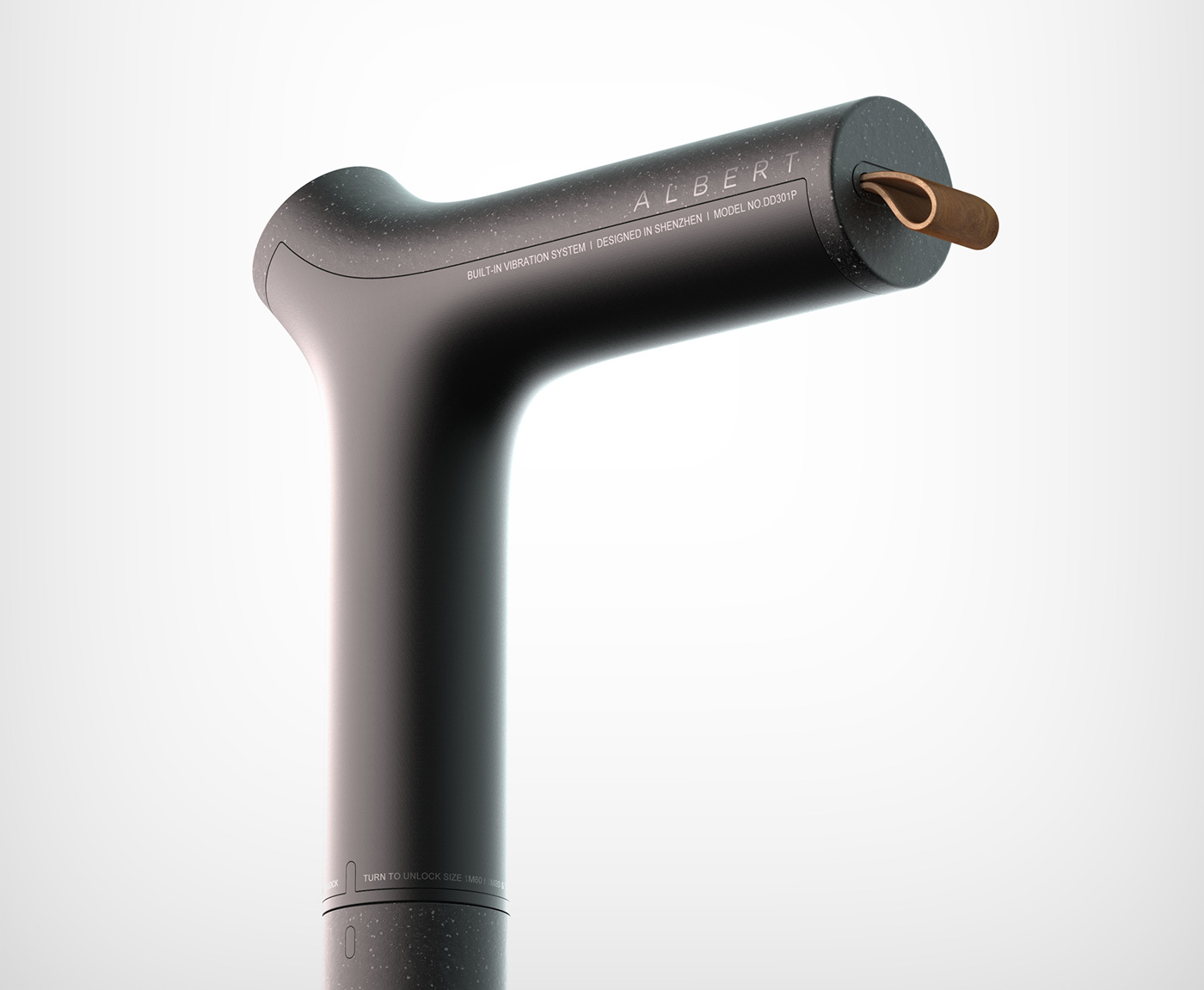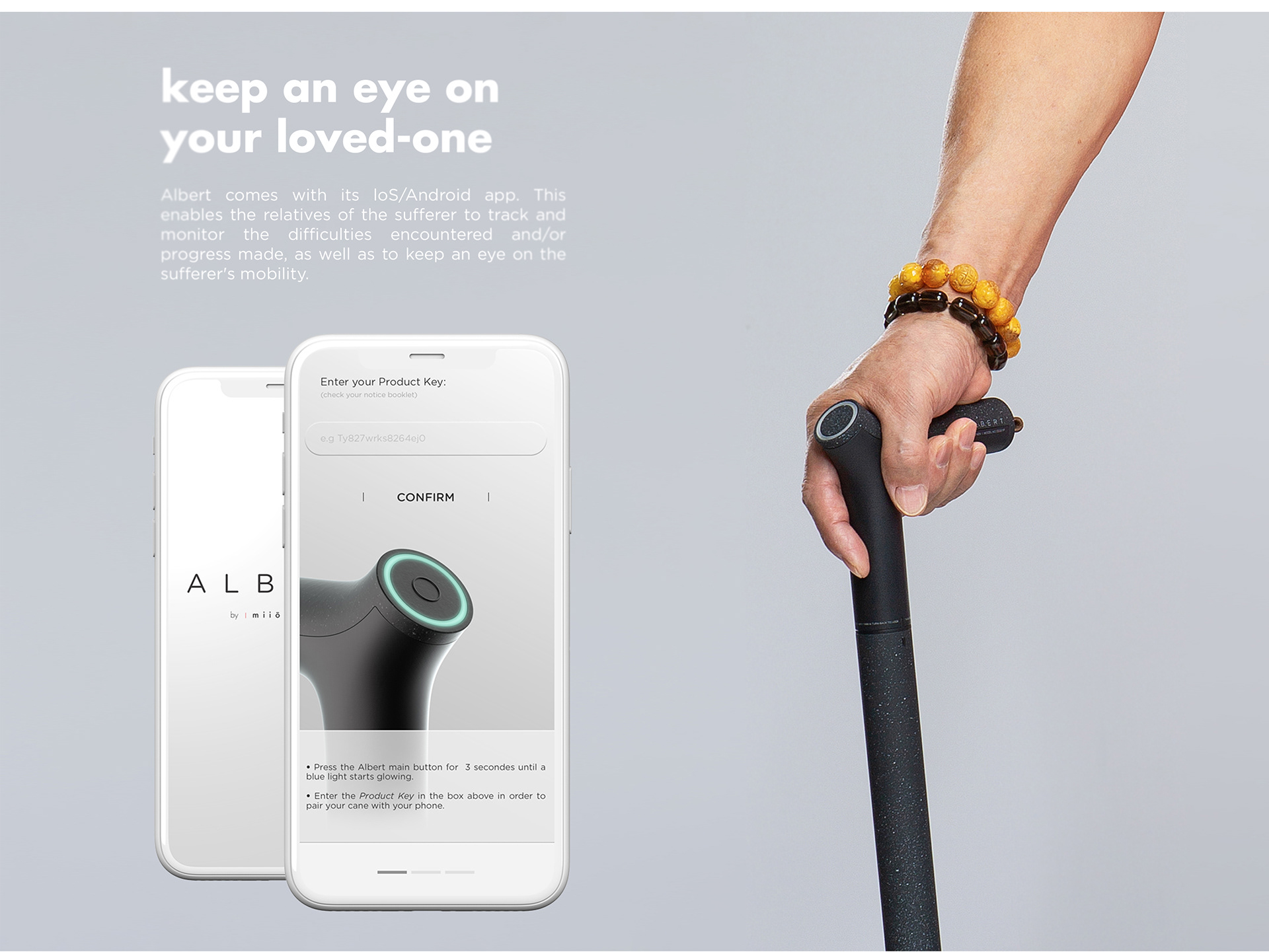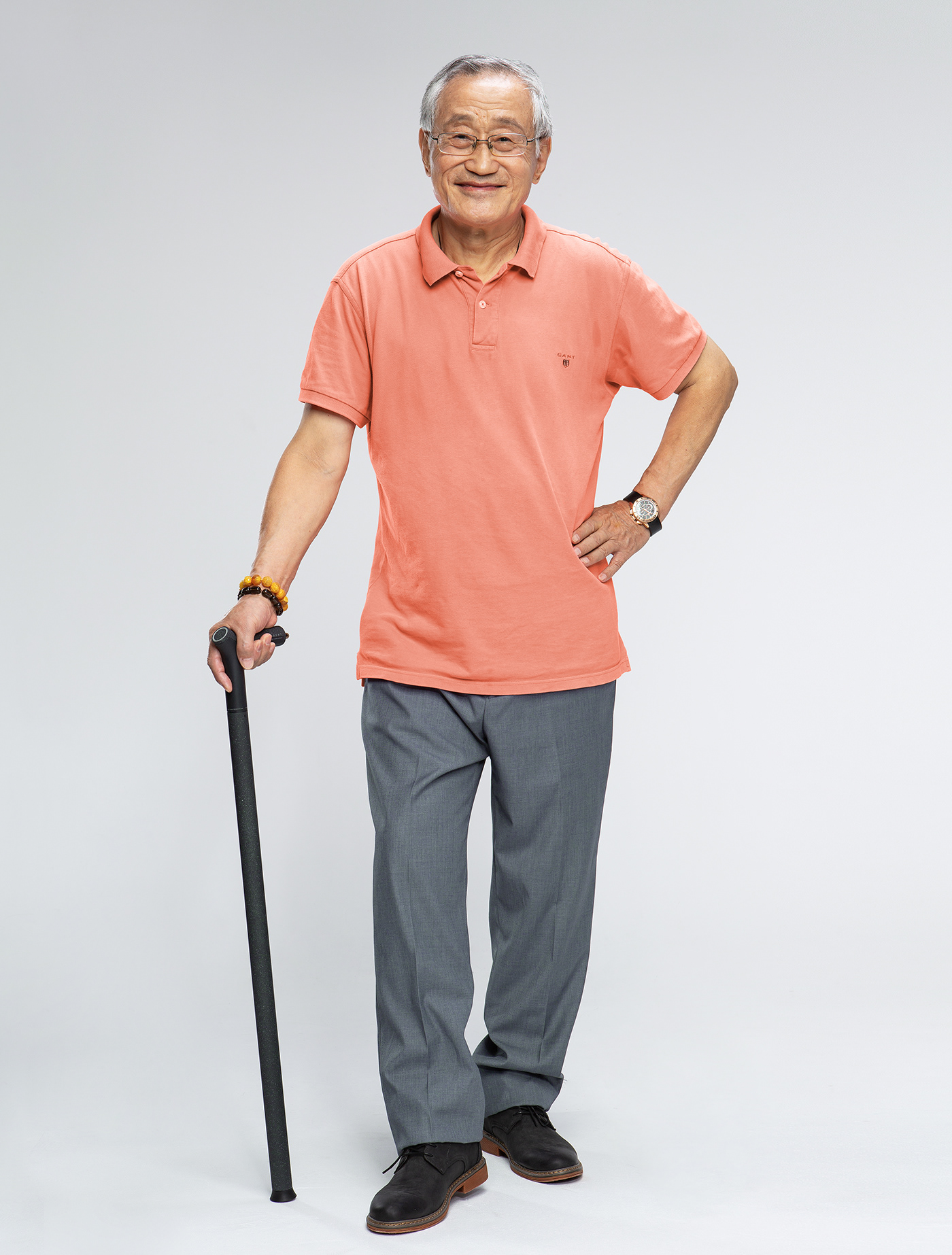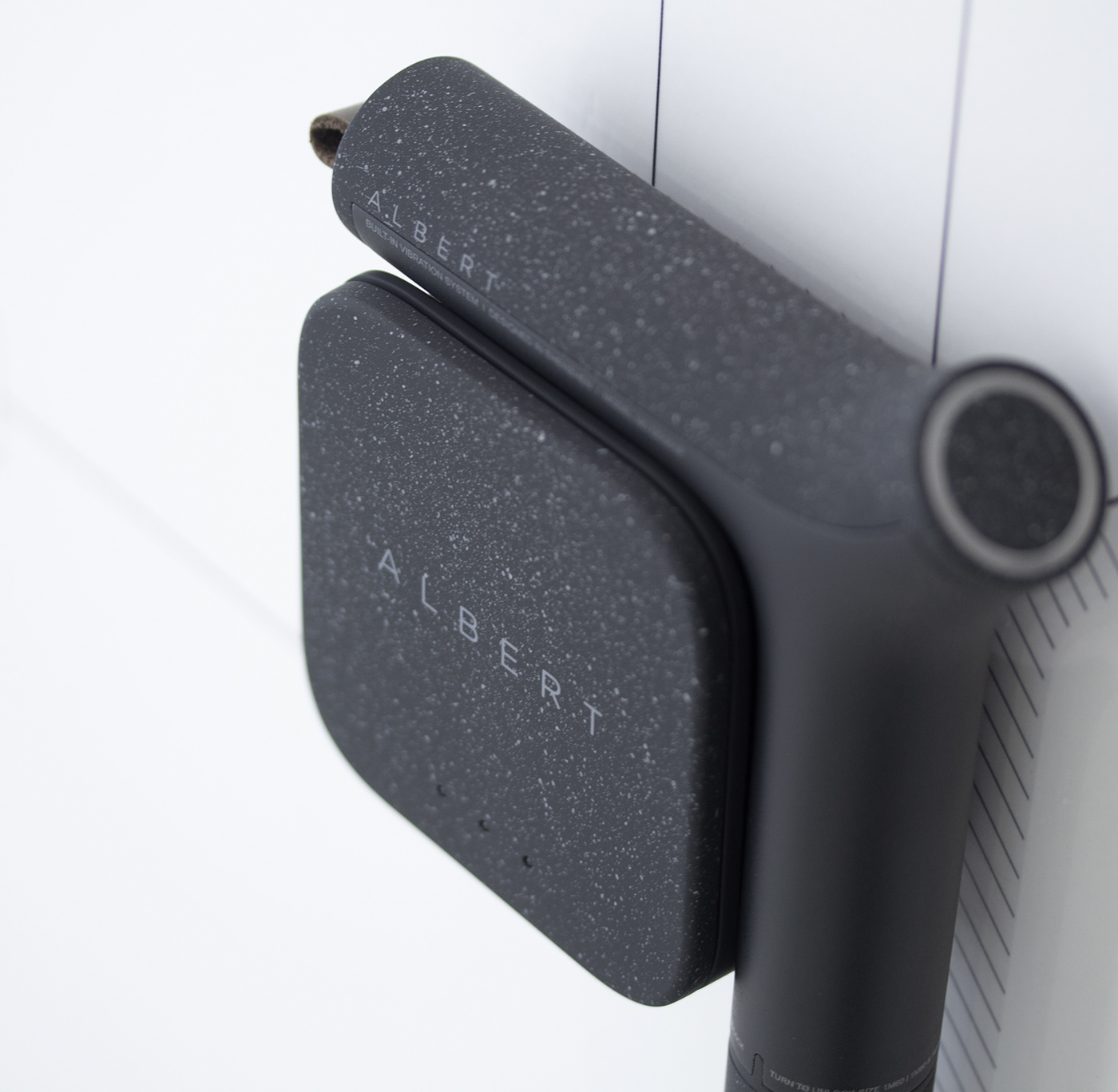Albert Smart Cane Improves Mobility for People with Parkinson’s
For people suffering from Parkinson’s disease, tasks that were once performed with ease can become frustratingly difficult. The chronic, incurable neurodegenerative disorder causes nerve cell damage in the brain, leading to stiffness, tremors, limited mobility, loss of balance, and changes in speech and gait. People with Parkinson’s can still live full, happy, and healthy lives, but the simple act of getting around each day can often feel overwhelming, making caregivers and other forms of support a crucial part of its treatment.

As the Michael J. Fox Foundation notes, diagnosis of Parkinson’s disease “has a ripple effect, radiating from an individual to his or her family and friends.” Even the most attentive caregivers can’t give people with Parkinson’s disease their mobility back, but advances in medical technology can certainly help improve it. The high-tech Albert cane by Miiō Studio offers one intriguing example of that, offering assistance to patients, their families, and even their doctors.
“Taking care of a loved one with Parkinson’s every minute is an absorbing and incredibly tiring mission,” explain the smart cane’s creators. “That is why we have conceptualized an eco-system called Albert to support people in this situation on a daily basis. For both the patient and his family, Albert becomes the ideal companion.”

“A cane allows the patient to avoid a series of complications due to the loss of independence in his mobility. An application allows the family to keep a close eye on their loved ones and support them more effectively in their daily difficulties and progress.”
Among the primary symptoms of Parkinson’s disease is “the freezing of gait,” also referred to by the acronym FOG. During FOG episodes, the patient’s brain perceives an inability to move, despite the fact that their bodies might actually still be capable of responding to commands. FOG episodes can increase the risk of falls and frequently occur in narrow spaces and stressful situations.

Recent studies have found that rhythmic stimulation — whether haptic, visual, or auditory —can help sufferers avoid such episodes. Neuroimaging shows that rhythm perception activates structures within key motor networks that are compromised to various degrees by Parkinson’s disease. Maintaining rhythm encourages automatic engagement of these areas.
The Albert cane provides haptic feedback via built-in vibrations, establishing the rhythm of the user’s walk and syncing it to a pulsating light for even further stimulation. The cane also incorporates a range of features that correspond with an app for the patient’s family, allowing them to actively monitor their loved one’s heartbeat and location. An emergency button in the center of the cane’s light alerts the family when the user needs assistance.

Thus far, the Albert appears to be in its prototype phase, and it’s unclear whether or not it will be available to the public anytime soon. But it’s still exciting to see designs like this pop up from time to time, giving us a look into the near future of life-changing medical advancements. Just imagine what else might be right around the corner!




